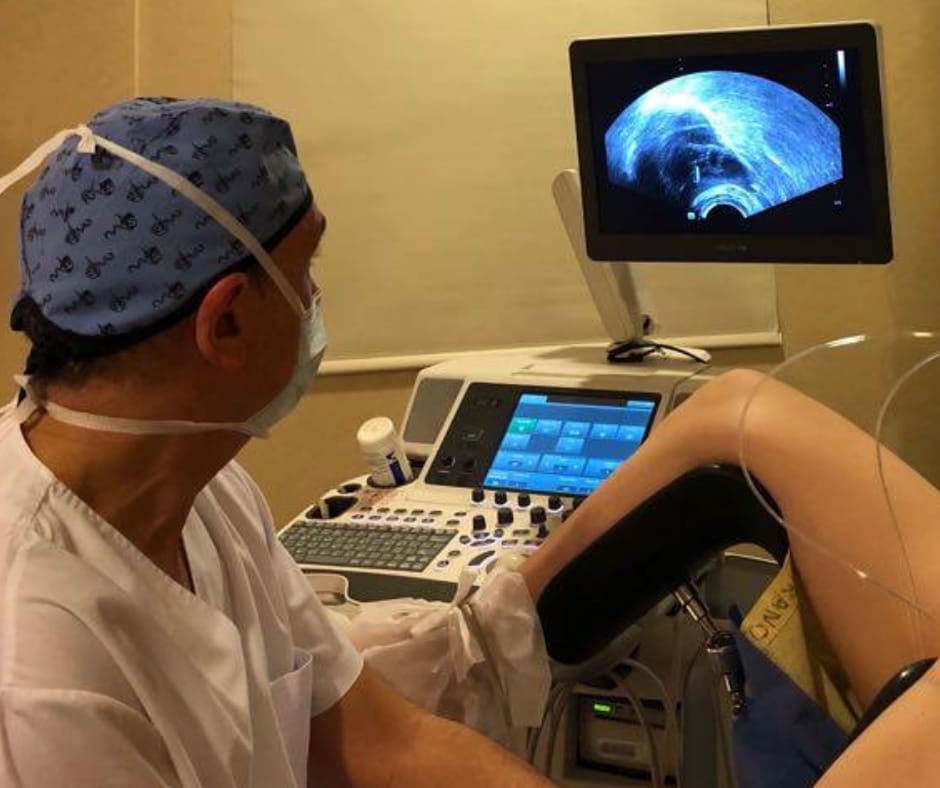After several investigations, ovarian rejuvenation began in 2018 to be implemented in several countries with the aim of optimizing assisted fertilization treatments. For two years, this protocol has also been applied in Bariloche.

–
What does it consist of? The cells themselves are used to rejuvenate the ovaries through the application of plasma. For a long time, this procedure has been administered to the endometrium -to improve the adherence capacity of the embryos at the time of fertilization-.
Also in traumatology for the joints, in aesthetics and mesotherapy for hair loss. The list goes on.
In the case of ovarian rejuvenation, “it is intended for patients with low ovarian response; that is, women who have a reduction in follicular capital, the number of eggs remaining in the ovaries. This can be determined by age or by toxic, infectious, nutritional or genetic issues”, explained the gynecologist Juan Manuel Bonina, director of Fertility Patagonia.
He assured that the procedure is simple and outpatient since it only consists of extracting blood from the woman and there is no possibility of rejection. “The application of plasma in the ovarian cortex makes it possible to reactivate the function of these cells. The oocytes lie dormant in the ovary and allow them to be activated. Platelets serve for the process of coagulation and tissue repair”, specified the doctor.
He clarified that ovarian rejuvenation it is “preparatory and prior to a highly complex procedure, such as assisted fertilization.” They go hand in hand.
Who can require this procedure? Women with a decreased “ovarian reserve”, with recent menopause and other younger women with premature ovarian failurez (ie they start with menstrual disorders and their ovarian reserve falls).
“From birth, the girl has between one and two million eggs. When she starts development she has only 400,000; in each menstrual cycle, she loses 1,000 eggs. It may be the case of a 28-year-old woman who has a decreased ovarian reserve, as if she were 40 years old”, Bonina described.
As usual, This treatment is carried out in women between 38 and 42 years old.. One and up to five applications per month can be made and then the response is evaluated. In Argentina, the specialist clarified, it is not usually done more than twice.
“Faced with the spread on social networks, people begin to inquire if it is done. But not all women require this. The situation is evaluated when someone wants to get pregnant and we ask for ovarian reserve analysis. This study tells us if your ovarian reserve is poor or diminished”, she stressed.
He acknowledged that the effectiveness rate of the method is not yet known. “The ovarian response depends on each patient, age and personal conditions. It is a therapeutic test”, he said and added: “But it is the possibility of a woman to go to her own cells and not to an oocyte bank that is detonated”, she pointed out.
To comment on this note you must have your digital access.
Subscribe to add your opinion!
Subscribe
–
–
– –


